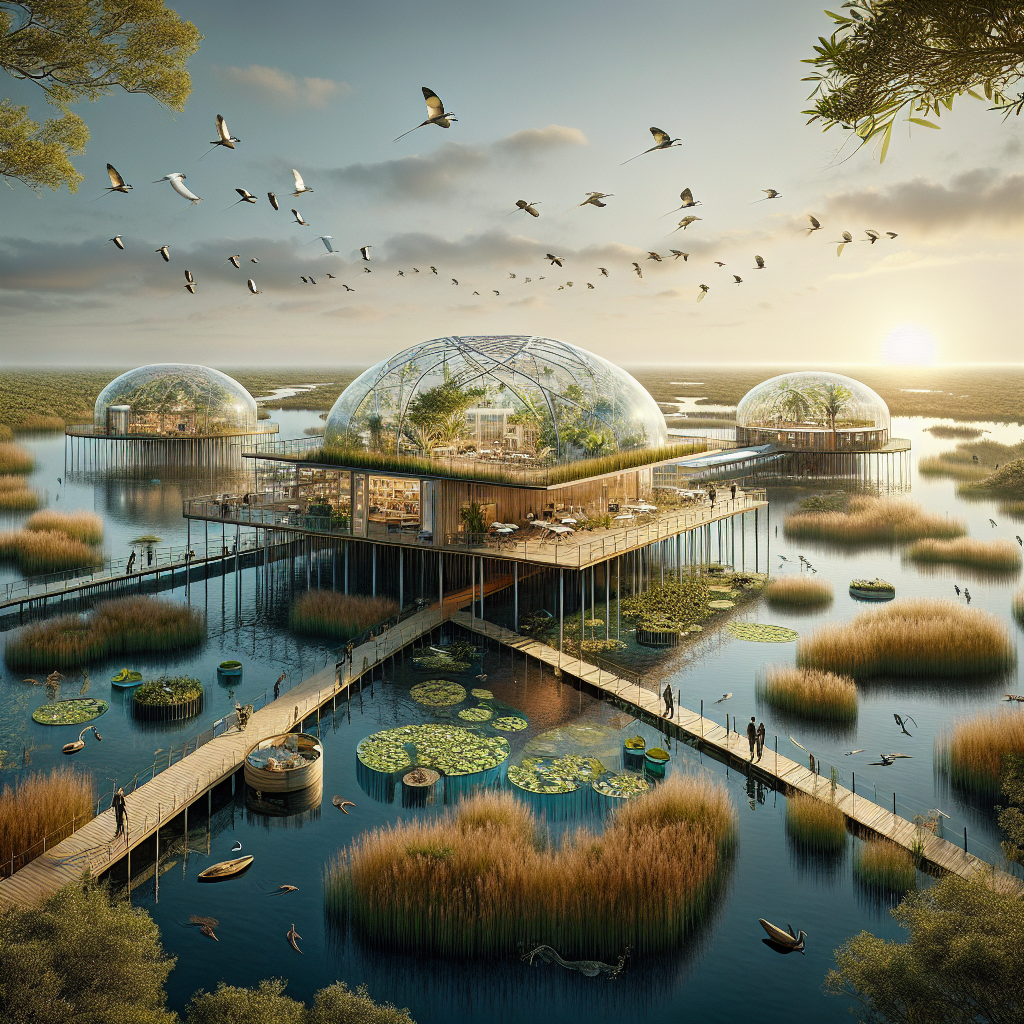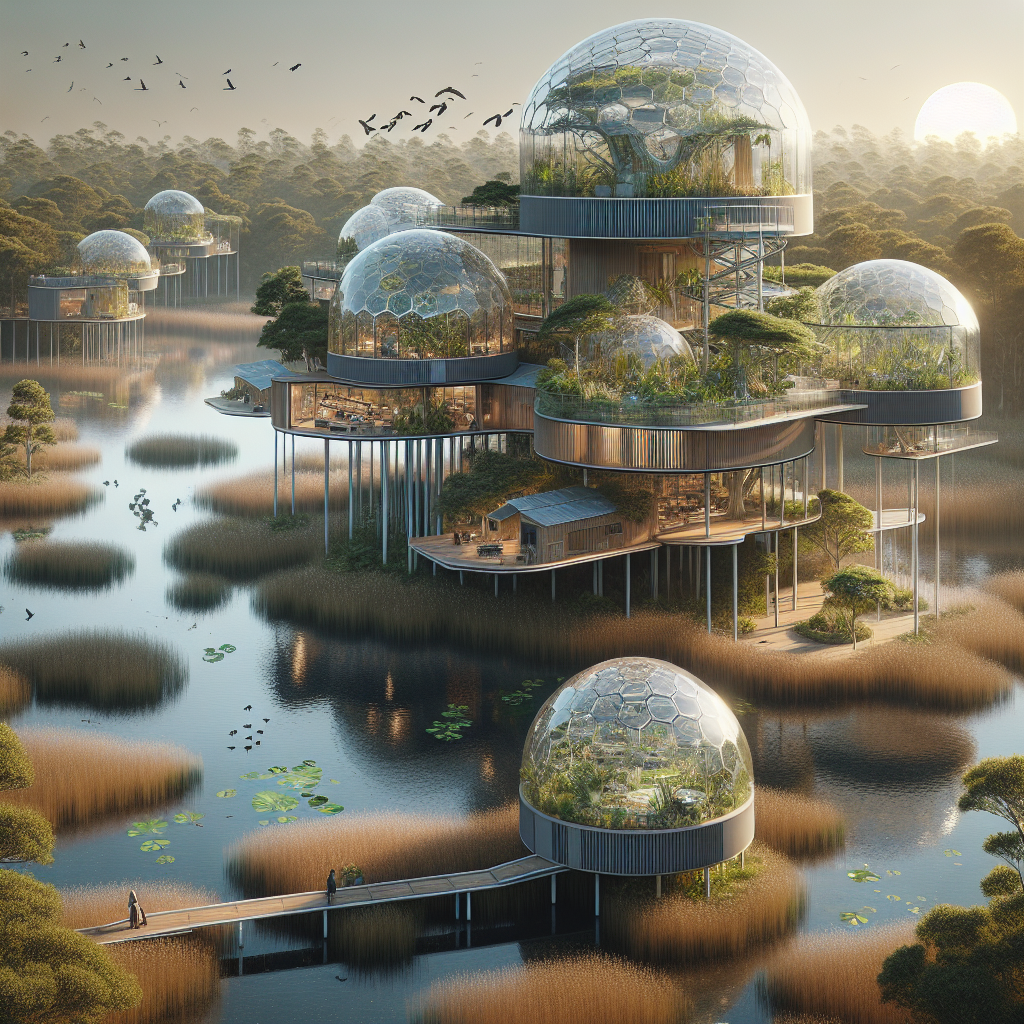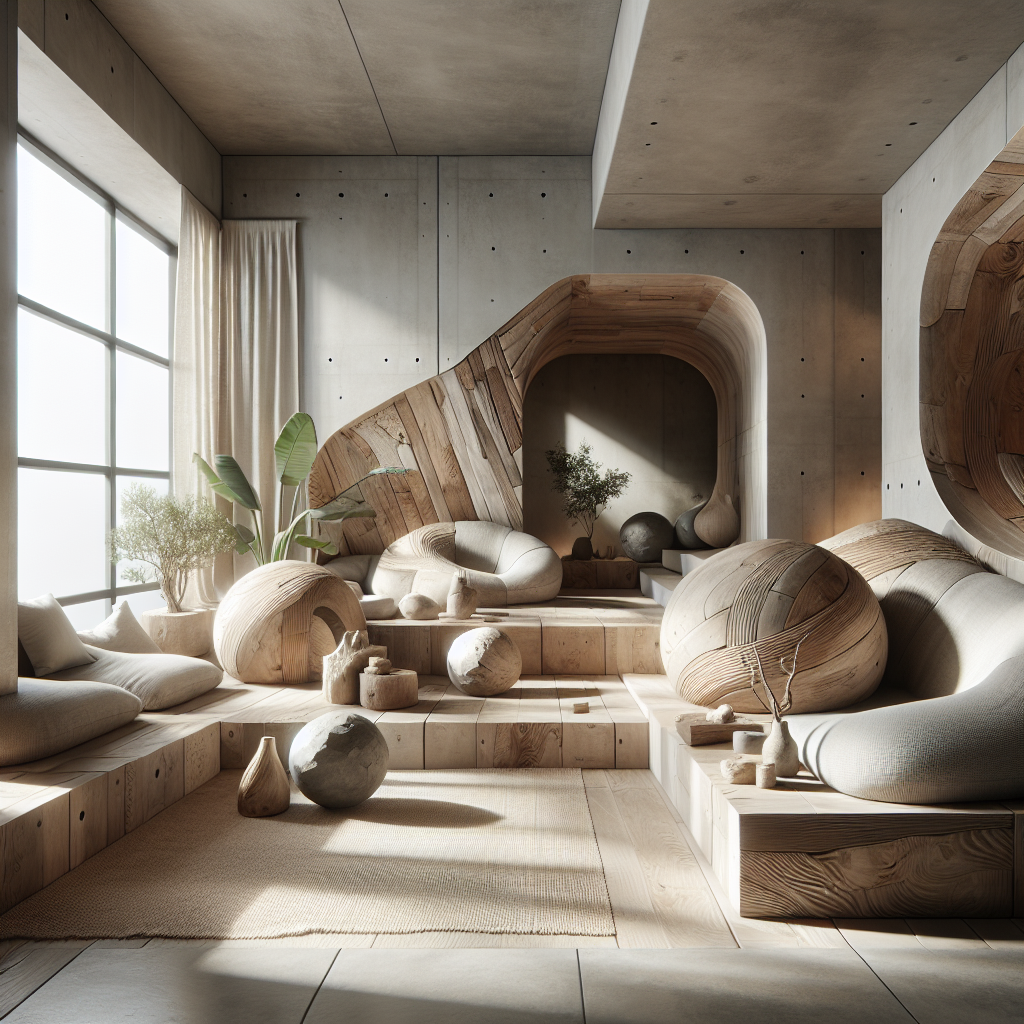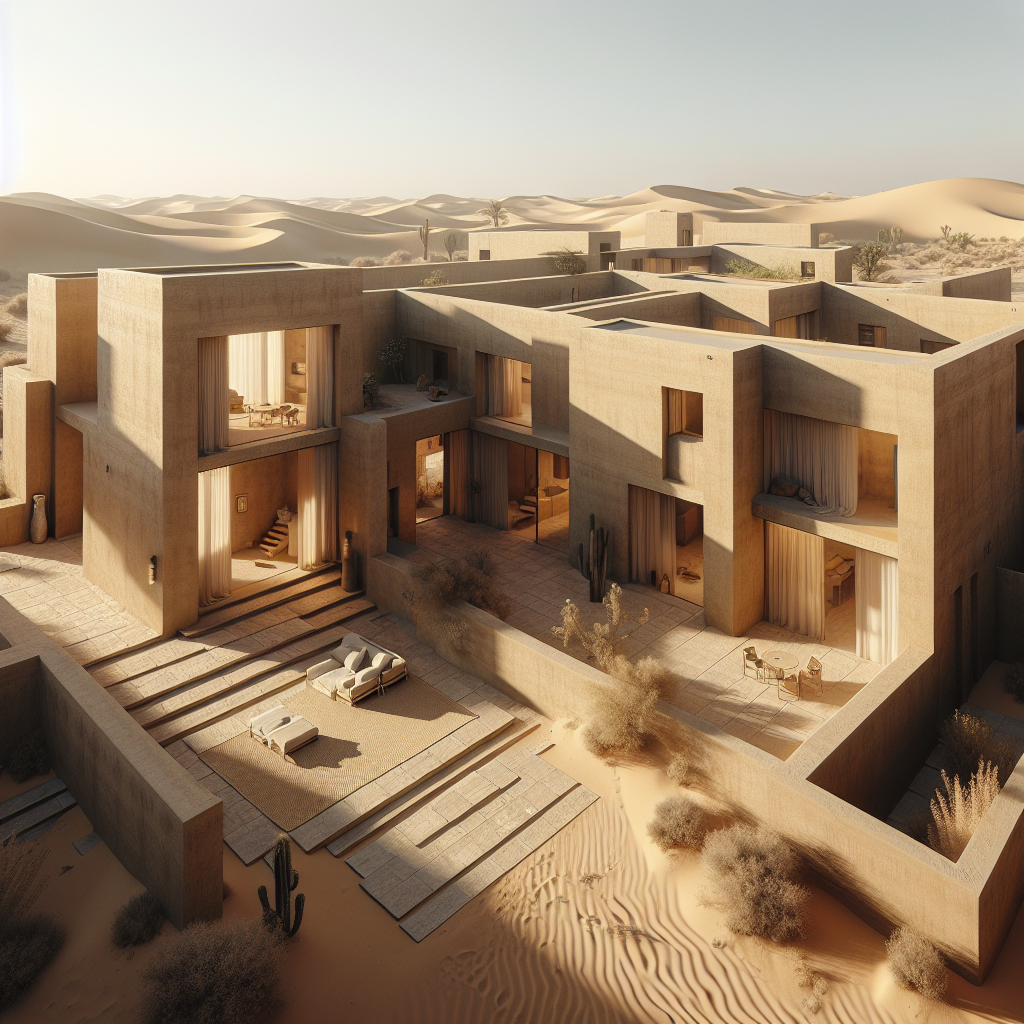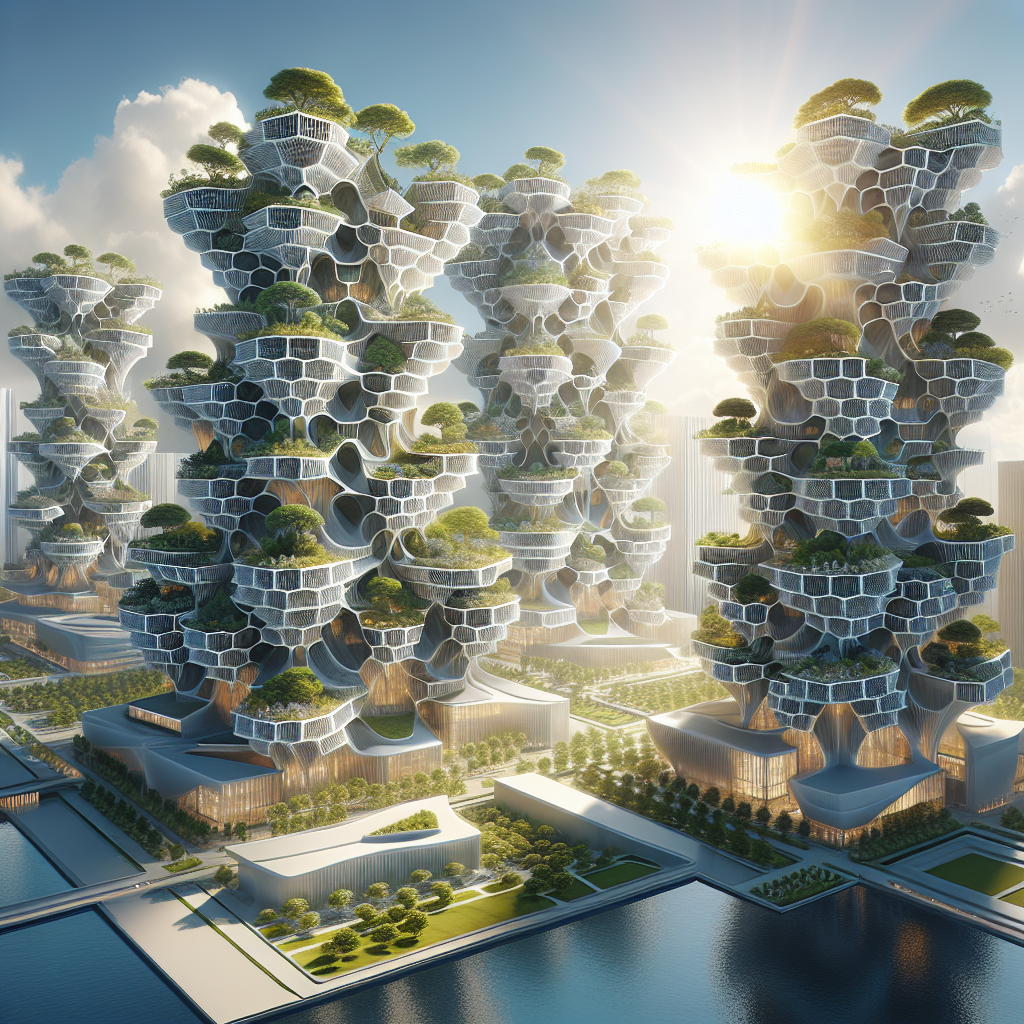Marshland conservatories: amphibious botanical centers protecting wetlands
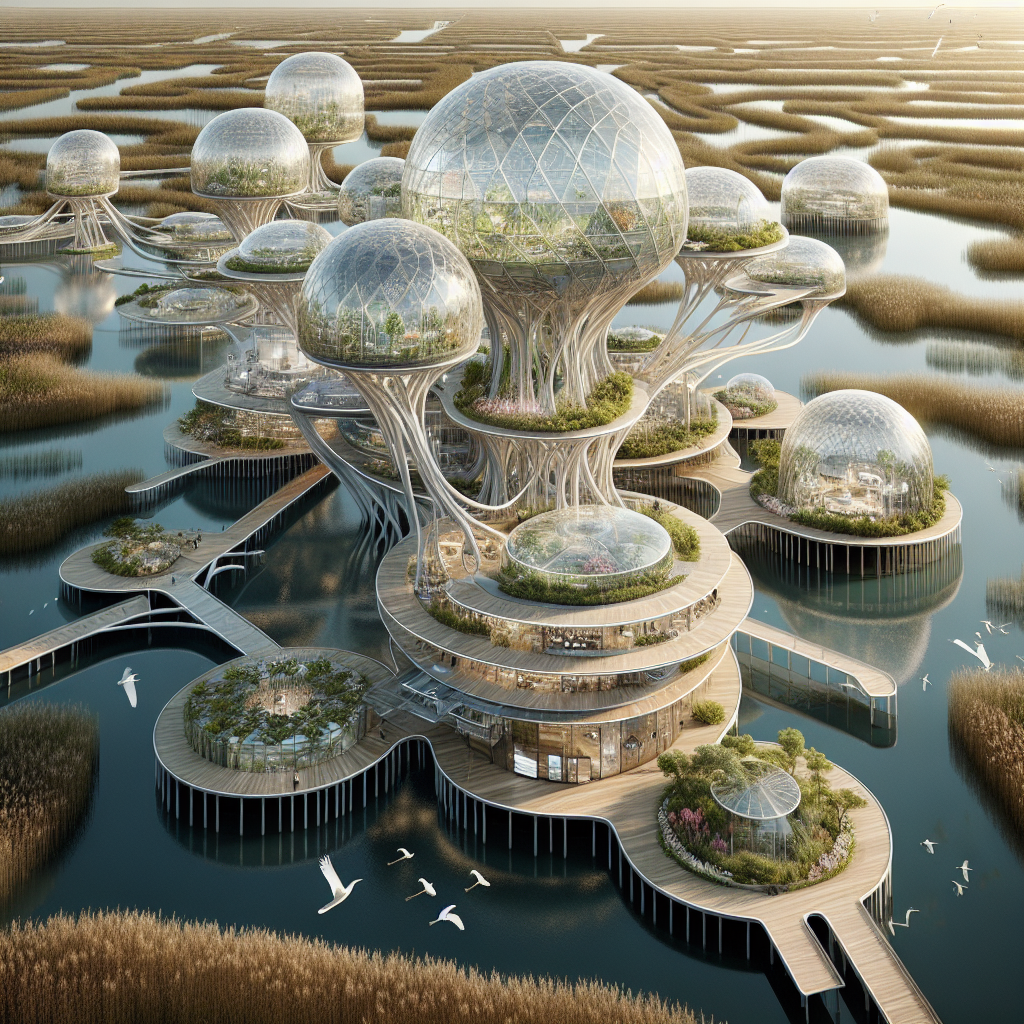
Marshland Conservatories: Amphibious Botanical Centers Protecting Wetlands
In an era where climate resilience and ecological preservation are paramount, architects and designers are turning their attention to one of the planet’s most fragile ecosystems: wetlands. Enter the marshland conservatory, a revolutionary concept blending biophilic design with cutting-edge sustainable architecture. These amphibious botanical centers not only serve as research hubs but also act as guardians of biodiversity, mitigating the effects of climate change while fostering human-nature interaction.
The Vital Role of Wetlands in Climate Adaptation
Wetlands are often referred to as the “kidneys of the Earth” due to their ability to filter pollutants, store carbon, and regulate water levels. According to Wikipedia, these ecosystems cover approximately 6% of the planet’s surface and support an astonishing array of flora and fauna. Yet, despite their importance, wetlands are disappearing at an alarming rate due to urban expansion, pollution, and climate change.
Recognizing this, architects and environmentalists are collaborating to create structures that not only exist within these landscapes but actively contribute to their conservation. The marshland conservatory is a prime example of this synergy, integrating green architecture with ecological stewardship.
Designing for an Amphibious Future
Unlike traditional botanical gardens, marshland conservatories are designed to function within the fluctuating conditions of wetland environments. These structures employ floating foundations, permeable materials, and adaptive design to ensure minimal disruption to the ecosystem.
One of the most striking examples is the Floating Wetlands Research Center in the Netherlands, which uses a modular system of buoyant platforms to house research labs, greenhouses, and educational spaces. The center’s design allows it to rise and fall with water levels, preventing flood damage while maintaining accessibility.
Similarly, in Louisiana’s Atchafalaya Basin, a proposed marshland conservatory integrates bio-mimetic structures inspired by mangrove roots, enabling the building to stabilize itself in shifting terrain. This approach not only enhances resilience but also encourages the growth of native vegetation, reinforcing the wetland’s natural defenses.
Innovative Materials and Sustainable Technologies
Material selection plays a crucial role in the success of these amphibious botanical centers. Architects are increasingly turning to sustainable timber, reclaimed materials, and biodegradable composites to reduce environmental impact.
For instance, mycelium-based biocomposites are being explored as a lightweight, water-resistant alternative to traditional building materials. These fungal structures not only provide insulation but also contribute to carbon sequestration, making them an ideal choice for wetland environments.
In addition, many marshland conservatories incorporate solar panels, rainwater harvesting systems, and passive cooling techniques to minimize energy consumption. The use of translucent ETFE membranes, for example, allows for natural light penetration while maintaining temperature control, reducing the need for artificial heating and cooling.
Marshland Conservatories as Educational and Research Hubs
Beyond their architectural ingenuity, these structures serve as vital centers for environmental education and scientific research. Visitors can engage with interactive exhibits on wetland conservation, while researchers study water quality, biodiversity, and climate resilience.
In Singapore, the Sungei Buloh Wetland Reserve has integrated a floating research station where scientists monitor migratory bird patterns and mangrove restoration efforts. This facility not only enhances conservation efforts but also fosters public awareness of wetland ecosystems.
Meanwhile, in Canada’s Fraser River Delta, a newly proposed marshland conservatory will include an urban farming component, demonstrating how wetlands can be leveraged for sustainable food production. By integrating aquaponics and native plant cultivation, the center aims to showcase the potential of wetlands as productive landscapes.
The Future of Wetland Architecture
As climate change accelerates, the need for innovative solutions to protect and restore wetlands has never been greater. Marshland conservatories represent a paradigm shift in how we approach conservation architecture—blurring the lines between built environments and natural ecosystems.
Looking ahead, advancements in sand printing technology and bioengineered materials could further enhance the adaptability of these structures. Imagine self-healing facades that repair themselves after storm damage or living walls that actively filter water pollutants.
Ultimately, these amphibious botanical centers are more than just architectural marvels; they are a testament to the power of design in shaping a sustainable future. By embracing the principles of biomimicry and ecological integration, we can create spaces that not only coexist with nature but actively contribute to its preservation.
As we stand at the crossroads of environmental crisis and architectural innovation, one thing is clear: the future of design lies not in conquering nature, but in learning to live harmoniously within it.

